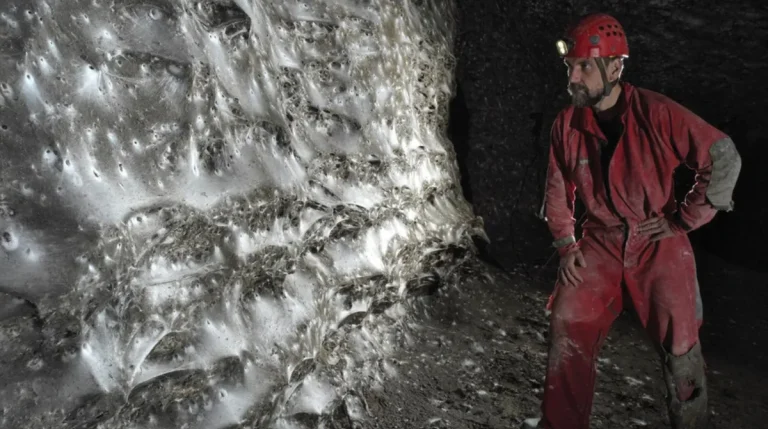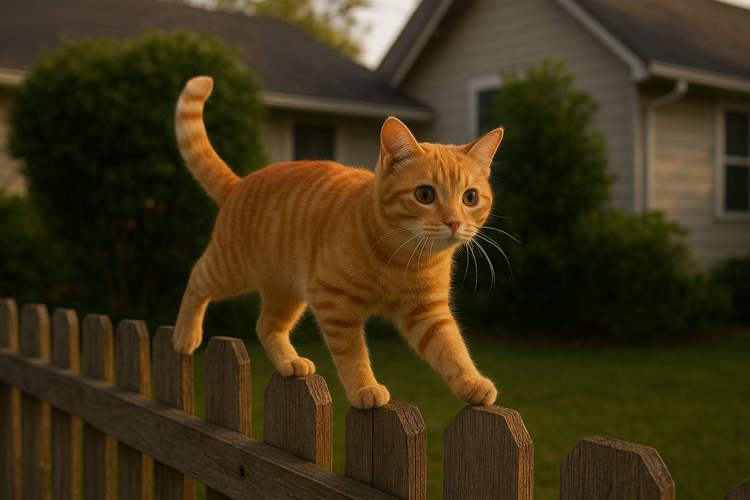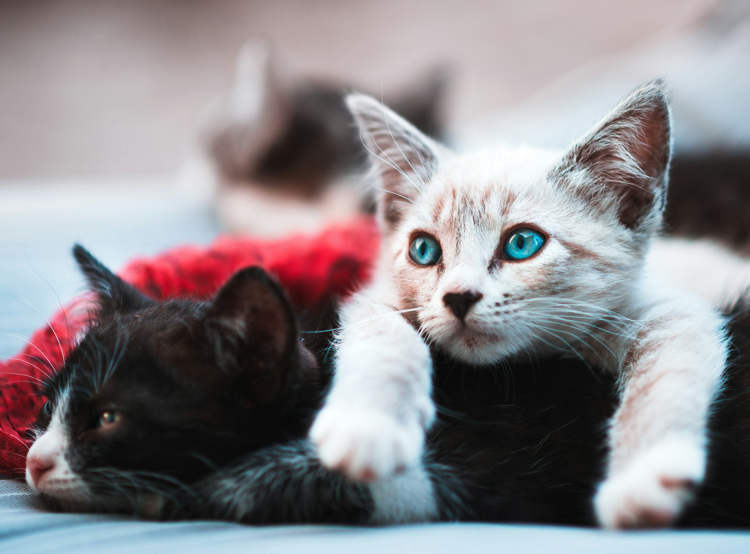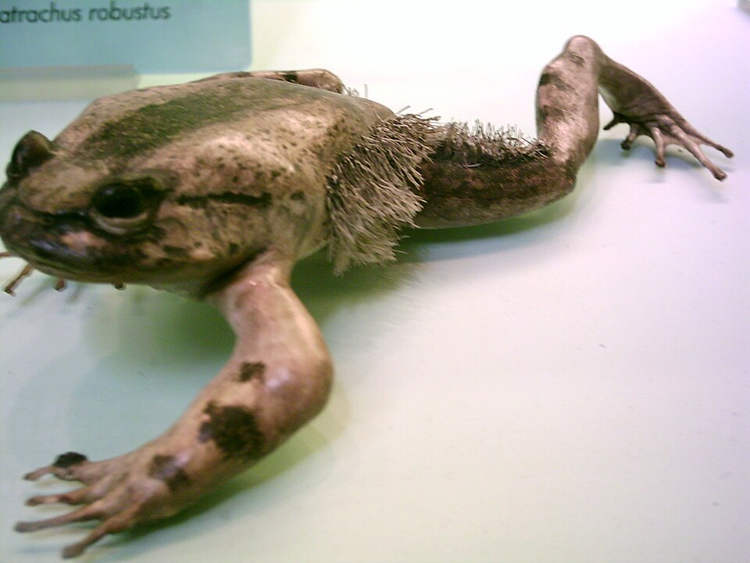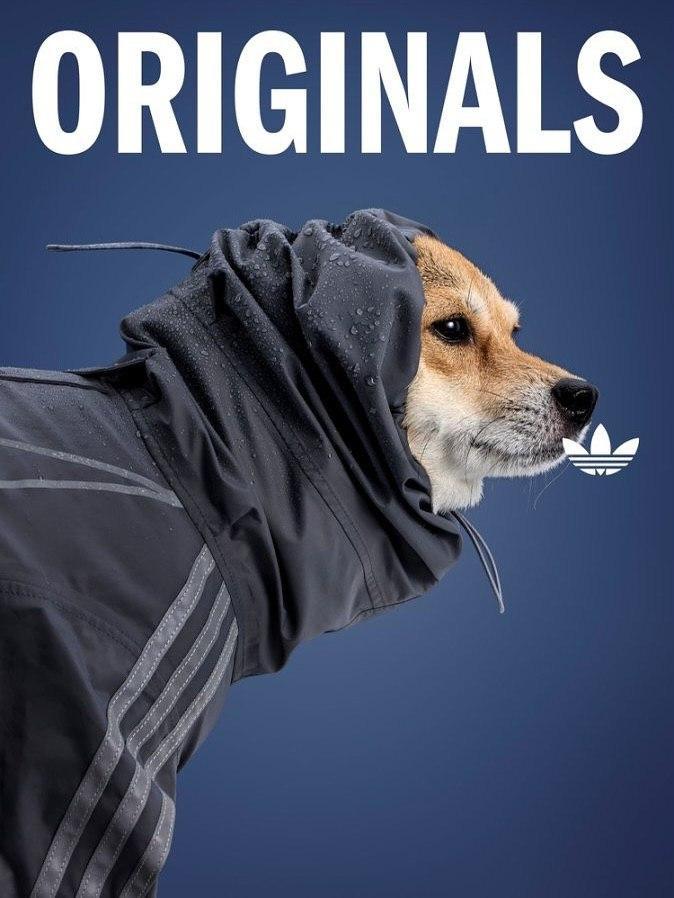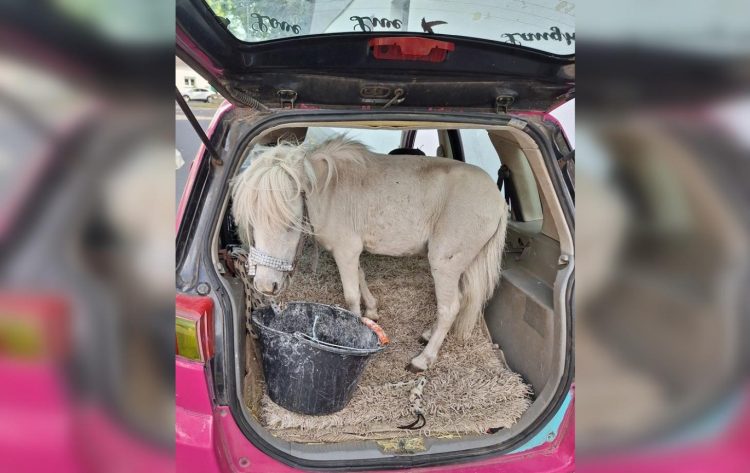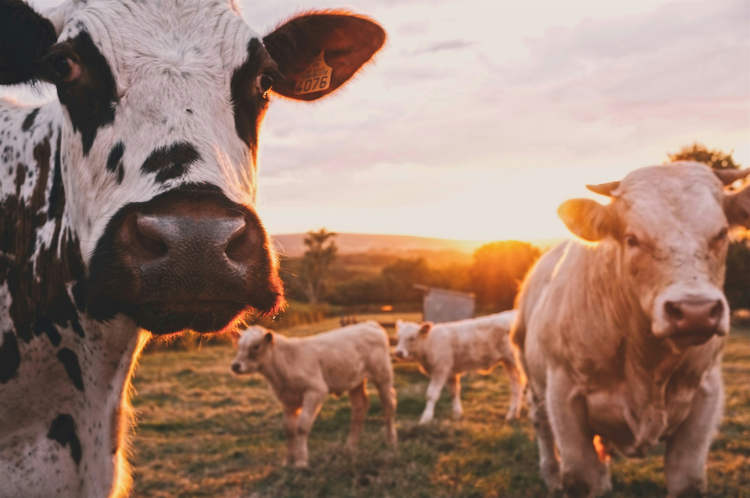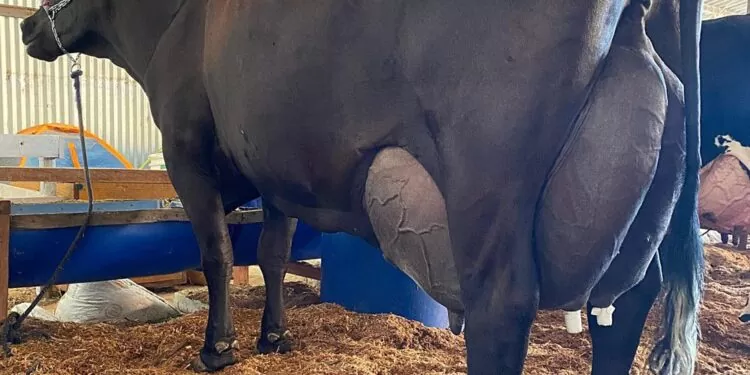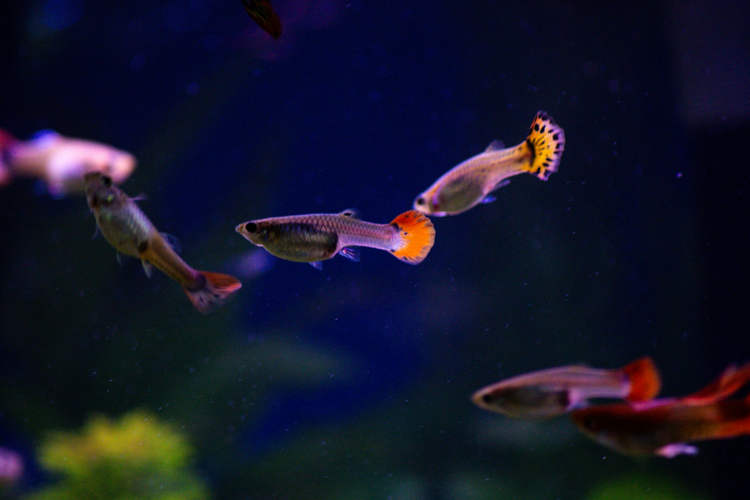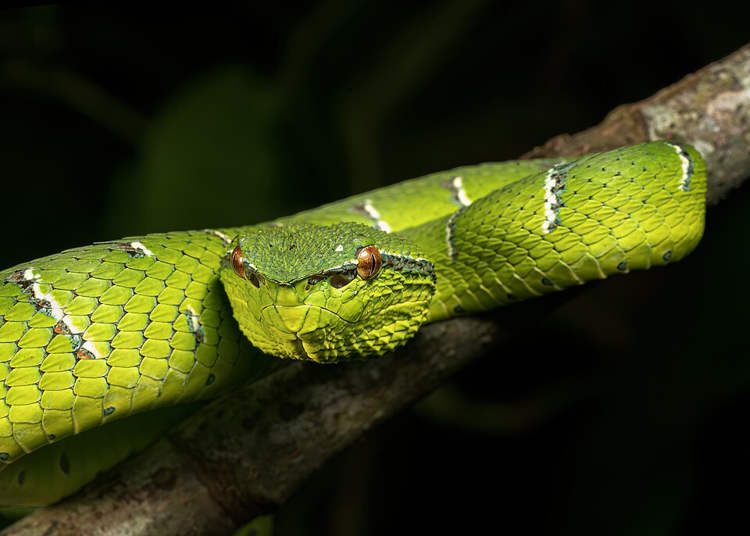Despite being allergic to cats, David Teie has actually made it his life’s mission to make music for felines. In fact, he’s raised over $200,000 just to be able to fund his mission!
If you’re wondering how music for cats is any different from human music, Teie explains that they’re worlds apart. “All of the music cats have ever heard was created by humans for humans from an age where they were worshipped as gods to a time where they were worshipped online,” he said in the opening of his Kickstarter video. “Cats have had to listen to music they often didn’t actually like. Until now.”
“This may sound like a gimmick, but it’s real,” he added. “When I invented species specific music in 2009, The New York Times called it the year’s number one idea. Making music for animals has become a mission for my life. I want to bring the beauty and comfort of music to as many species as possible.”
Photo: Kickstarter/Instagram:@nala_cat
In case you’re still not buying that music for animals is a real thing, Teie’s symphonies have been verified by animal scientists. They conducted a study in 2008 using two of his songs – ‘Rusty’s Ballad’ and ‘Cozmo’s Air’ – and 77 percent of the test cats displayed positive responses. “As far as I know, it’s the first study showing that cats respond to music at all,” said Nick Dodman, director of the Animal Behavior Program at Tufts University’s Cummings School of Veterinary Medicine. “It appears cats are responding to music if it’s properly designed and delivered in the cat idiom.”
Teie was already an accomplished cellist at America’s National Symphony Orchestra when he began to write music for animals in 2003. He was trying to demonstrate his universal theory of music – that music speaks to the emotional core of who we are when it resonates with the sounds we heard as fetuses in the womb. So Teie believes that we tend to find music relaxing when it carries the same pace as our mother’s resting pulse, and hovers around the range of her voice.
This is true of animals too, which means they cannot possibly enjoy music that’s made for humans. Monkeys, for instance, have high-pitched voices and a faster pulse, so the music they enjoy has to be higher and faster. Teie tested the theory by actually making music for monkeys and playing it to a colony of cotton-top tamarins. And it worked – they appeared more relaxed when he played tranquil monkey tones, and they jumped around when they heard the monkey ‘dance music’.
Photo: Kickstarter
Inspired, Teie wanted to make music for all sorts of species, but first he had to raise the funds to do that by writing animal music that people would actually buy. That’s when he zeroed in on music for cats.
Having written only two cat tunes in 2008, Teie was worried if he could write an entire album of songs to sell online. So on a family vacation to Prague, he locked himself in a reading room at the National Library of the Czech Republic and thought about what he needed to do. Soon, he invented a new trick – creating approximations of cat sounds with real and virtual instruments to create and using them to create compositions that are pleasing and novel to cats. “If you play an actual purr, the cats will habituate to it,” he explained. “What I’m trying to do is tickle their brains so they think, ‘I don’t know what this is, but it gets to me. It makes me feel good.’”
Photo: Video Caption
So Teie studied the wave forms of actual purrs, and realised that each beat actually had two sounds, like a quick heartbeat. He then created a new instrument on his computer that could mimic the opening and closing sounds of a cat’s vocal cords. On top of the musica purrs, he layered sliding songs of kittens, mewing up into the ultrasonic range. But his real breakthrough came when he realised that he could write music that both humans and cats could enjoy.
“I realized that I could write music that would provide a shared emotional experience for cats and their humans,” he said. “I could write cat music that I’d also enjoy listening to.”
Photo: Music for Cats
And that’s how his first album, ‘Music for Cats’ was born. Teie believes it has the potential to be huge, with Americans spending as much as $60 billion on their pets each year. And the response has been great so far – owners of internet feline sensations like Nala and Bacon have agreed to record their cats responding to the music and share the footage online. And with the Kickstarter campaign turning out to be a huge success, cat-Grammys might just become real thing.
Sources: The Washington Post, Nextshark





